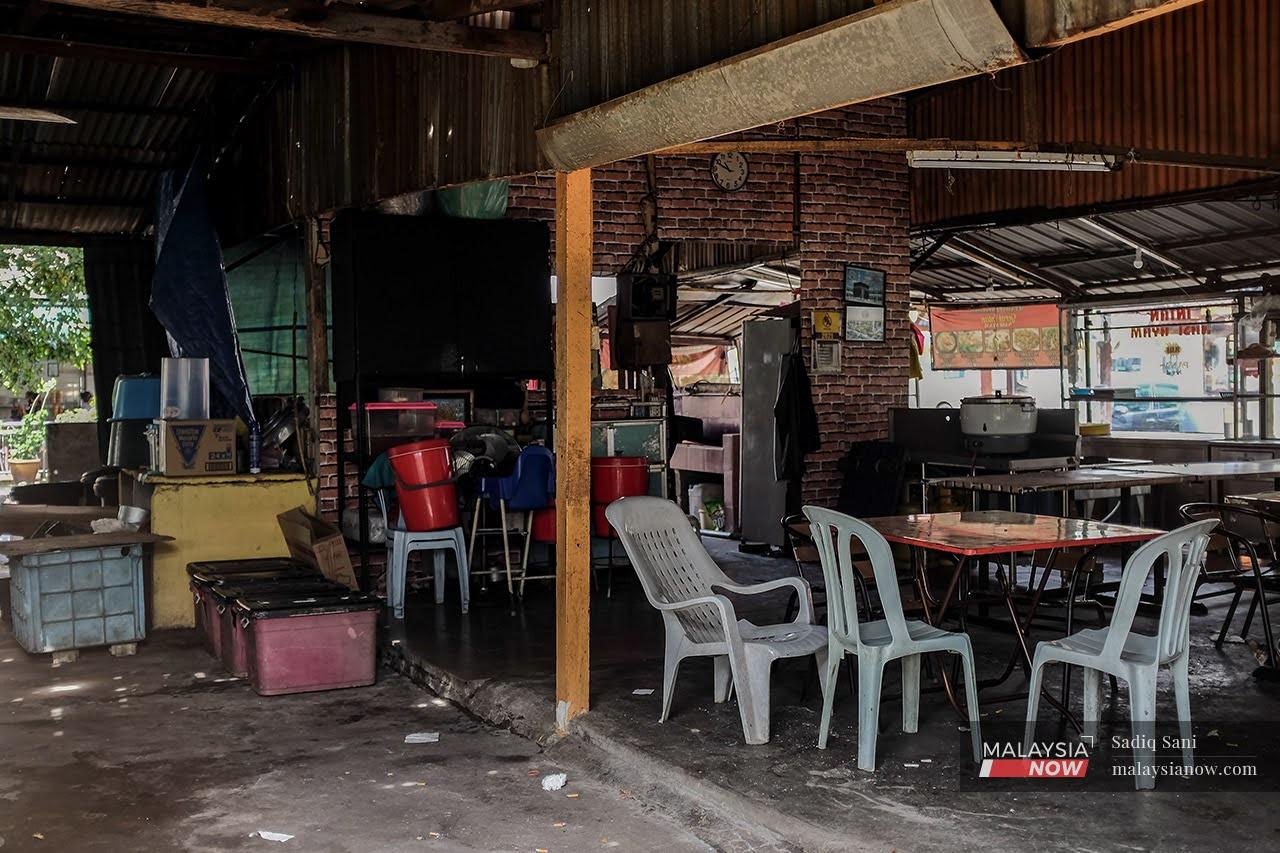When the food is good but rats abound
Around the Petaling district alone, a number of eateries appear to have adopted a lax attitude towards maintaining the requisite level of cleanliness.
Just In
While much of the focus for the past two years or so has been on Covid-19, other health problems persist including the long-standing issue of hygiene at restaurants and eateries.
Around the Petaling district alone, a number of eateries appear to have adopted a lax attitude towards maintaining the requisite level of cleanliness, leaving the window of opportunity wide open to the spread of infectious diseases among customers.
Checks by MalaysiaNow found such eateries in Subang, Puchong and Shah Alam, where some premises were surrounded by garbage and the drains clogged with food waste.
At some roadside eateries in Subang, mould was found growing in sinks and kitchen areas.
Fatimatul Zahra, 24, has lived in Subang Jaya since she was a child and often eats with her friends at restaurants around the SS15 neighbourhood.
Speaking to MalaysiaNow, she recalled seeing a rat nearly the size of a cat outside a restaurant on a recent outing.

Calling it “normal sightseeing” around town, she said she had become used to such things.
“As long as the rats are outside and don’t come near me, I am okay,” she said.
“Plus the food is good and I have never suffered from food poisoning eating there, so I guess it’s fine.”
She said people still eat at restaurants or food stalls even when they are not clean because the food is good and the atmosphere conducive to hanging out with friends.
“The same goes for dirty mamak stalls,” she said. “No matter how much they make the news, people still go there just because it’s the best place to have a social meet-up.”
Rajaselvam, who lives in USJ 18 and frequents restaurants around USJ and Shah Alam, agreed.
However, he was more tactful in describing problematic eateries.
“Not all restaurants in Petaling are dirty. I would classify some as ‘less hygienic’,” he said.
“And even though some places are not very clean, people still go there to hang out.”

Sometimes people are also willing to put up with the unhygienic situation just to be part of the latest craze.
Rajaselvam gave the example of the recent bubble tea trend which saw a mushrooming of shops selling the popular Taiwanese drink around SS15.
“It’s not uncommon to see people crowding the place, even with rats scattering near their feet.”
Earlier this year, the Subang Jaya City Council health department caught and poisoned 161 rats in the back lanes of Jalan SS15/4D.
MBSJ councillor Ken Chia posted pictures of the rats on his Facebook account, sparking a mix of reactions from the public to what he called the “rats extermination” programme.
Such efforts have been ongoing since at least 2013, but the rat problem appears to persist.
Fatimatul said the infestation might be due to improper management of food waste in the back lanes of restaurants and the grease of clogged-up drains.
This continues to be an issue even though it has been made compulsory for restaurant operators to install grease traps in their kitchens.
At the end of the day, though, Rajaselvam said it falls on everyone to do their bit in keeping public spots clean.
“When it comes to cleanliness, everyone needs to take part and be aware of the long-term consequences,” Rajaselvam said.
“Without strict regulations and cooperation from every party, dirty eateries will continue to be a problem and will lead to the spread of infectious diseases.”
Subscribe to our newsletter
To be updated with all the latest news and analyses daily.
Most Read
No articles found.
